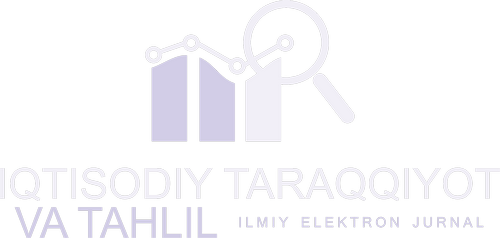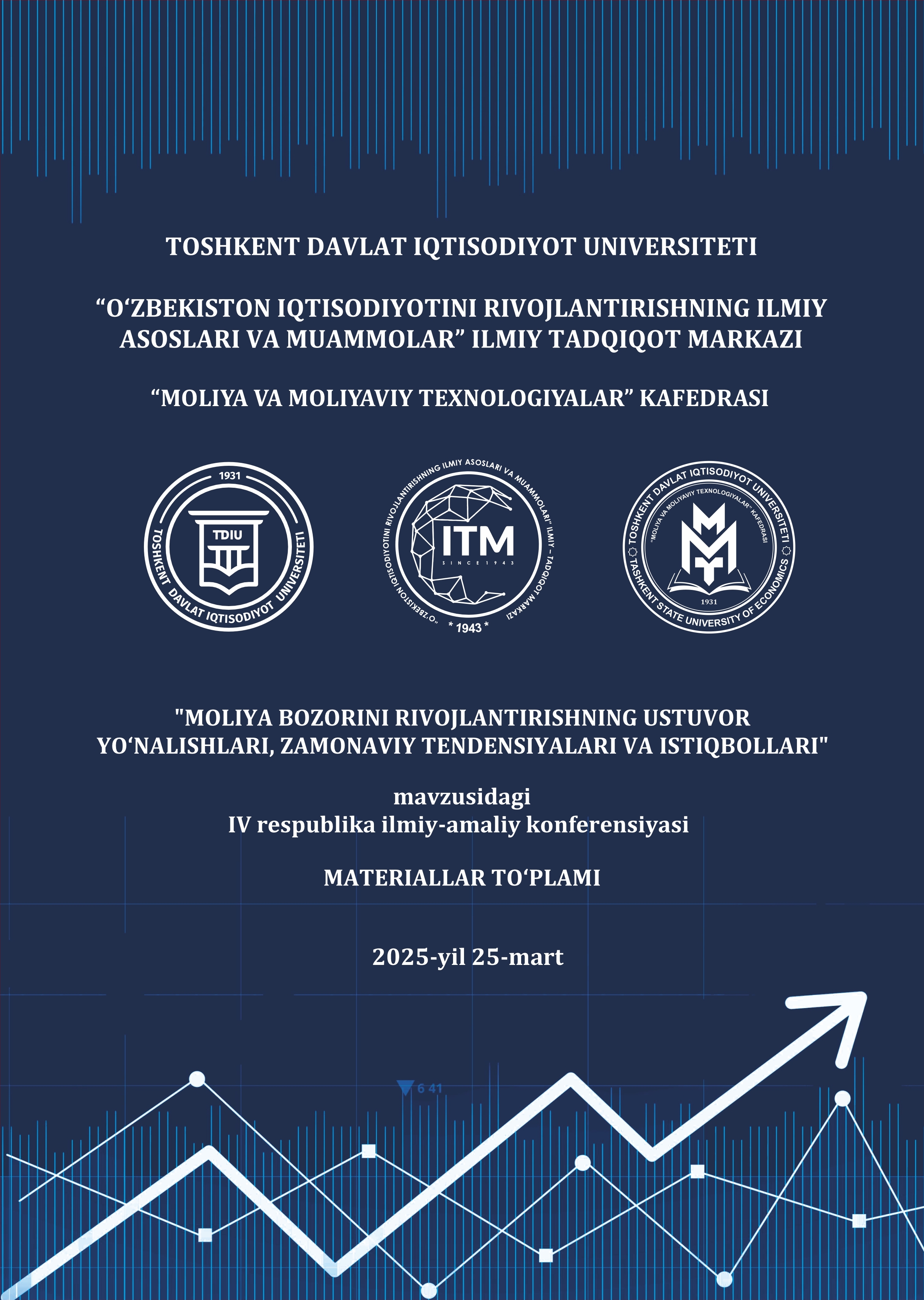ARTIFICIAL INTELLIGENCE AND ITS IMPACT ON THE FINANCIAL INSTRUMENTS TRANSFORMATION
DOI:
https://doi.org/10.60078/2025-vol4-iss1-pp462-464Annotasiya
The emergence of new financial instruments under the influence of artificial intelligence (AI) is a significant event in the modern financial industry. Artificial intelligence causes significant changes in various aspects of the financial industry, influencing traditional financial instruments, creating new opportunities for their change and creation. Artificial intelligence is used to create innovative products, automate data analysis, improve risk assessment, and optimize decision-making processes. This has led to the development of new payment methods, such as digital currencies and online payment systems, as well as chatbots for banking services.
Bibliografik manbalar
McKinsey, (2023). Capturing the full value of generative AI in banking https://www.mckinsey.com/industries/financial-services/our-insights/capturing-the-full-value-of-generative-ai-in-banking#/
Milana, C., & Ashta, A. (2021). Artificial intelligence techniques in finance and financial markets: a survey of the literature. Strategic Change, 30 (3), 189.
Ryll, L., Barton, M.E., Zhang, B.Z., McWaters, R.J., Schizas, E., Hao, R., Bear, K., Preziuso, M., Seger, E., Wardrop, R., Rau, P.R., Debata, P., Rowan, P., Adams, N., Gray, M., Yerolemou, N., (2020). Transforming Paradigms: A Global AI in Financial Services Survey, 128 p. https://doi.org/10.2139/ssrn.3532038.
Zheng, X., Zhu, M., Li, Q., Chen, C., Tan, Y., (2019). FinBrain: when finance meets AI 2.0. Frontiers Inf Technol Electronic Eng 20, 914–924. https://doi.org/10.1631/FITEE.1700822.
Chatbot Rank 2023 https://www.markswebb.ru/report/chatbot-rank-2023/
Yuklashlar
Nashr qilingan
Qanday qilib iqtibos keltirish kerak
Nashr
Bo'lim
Litsenziya
Mualliflik huquqi (c) 2025 Shakhida Mannanova, Azamkhon Eshankulov

Ushbu ish Creative Commons Attribution 4.0 Worldwide.


